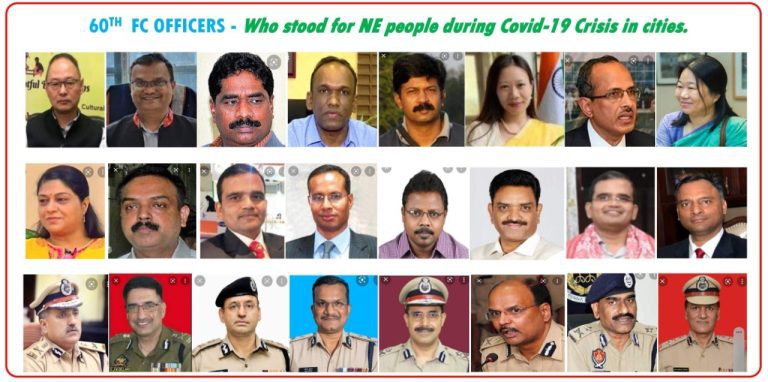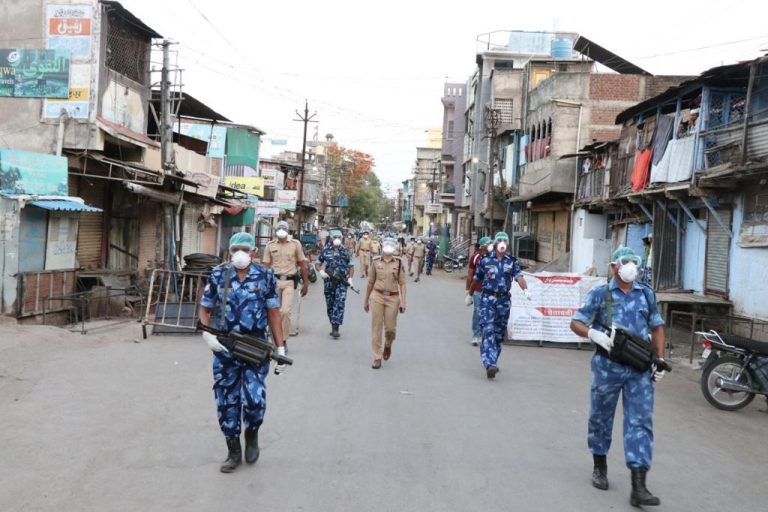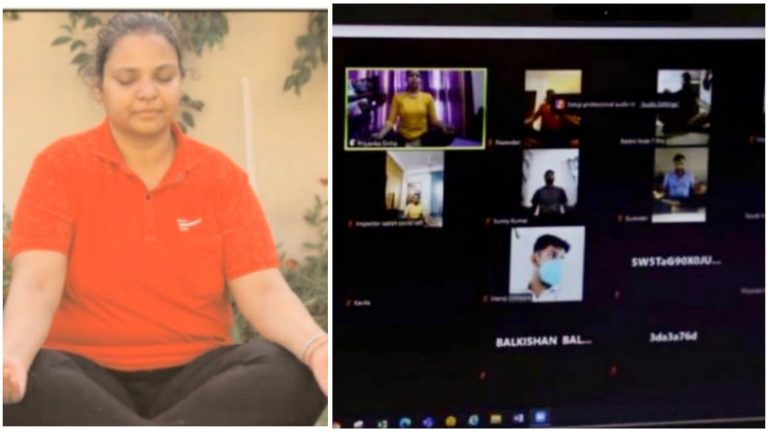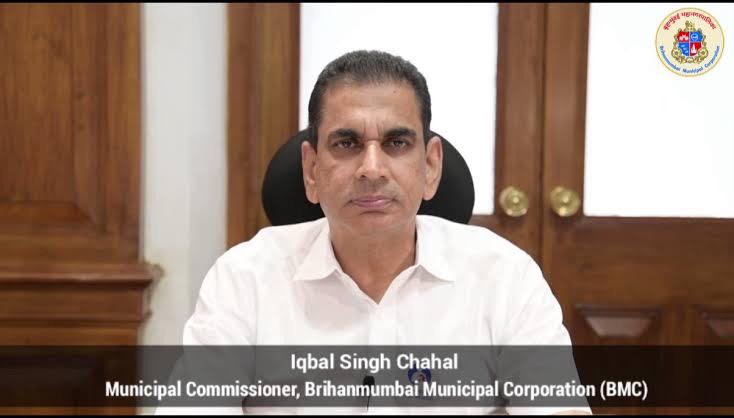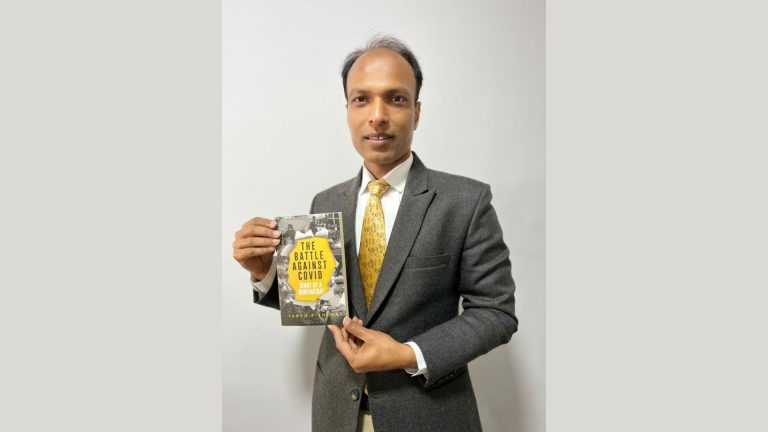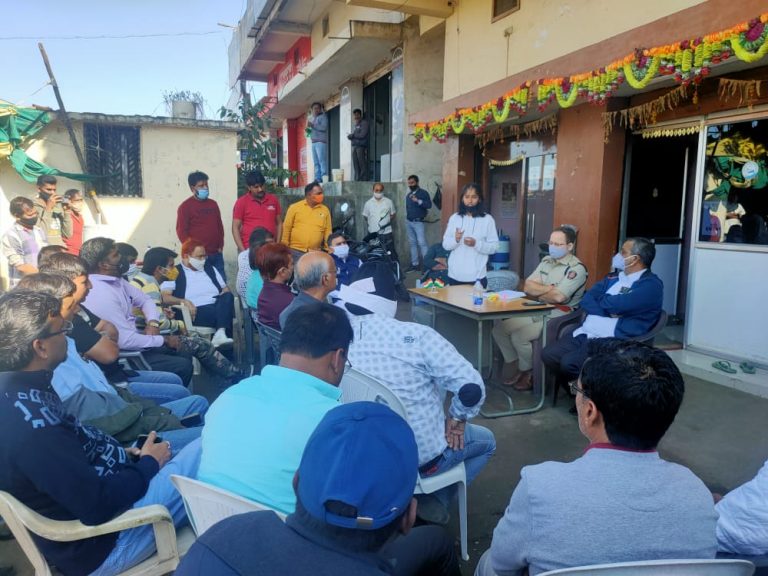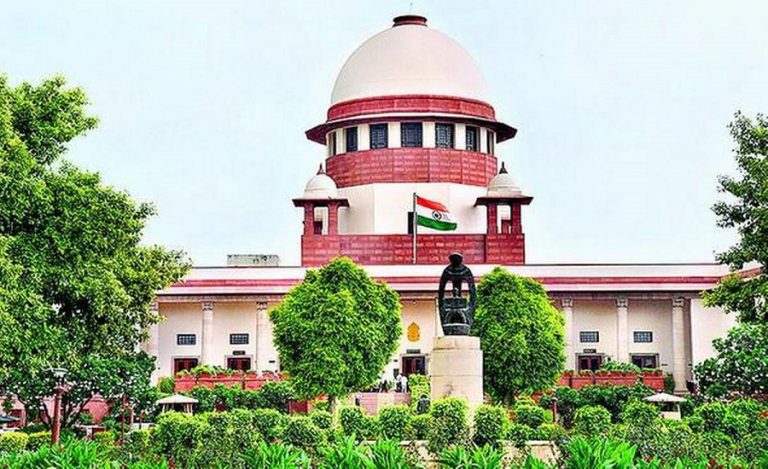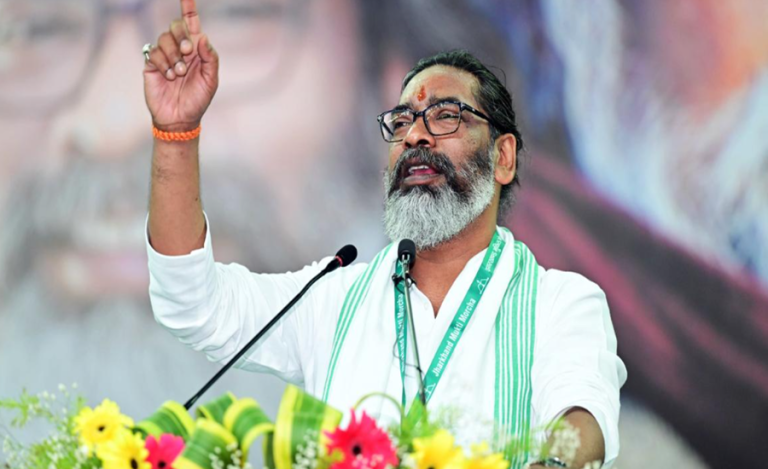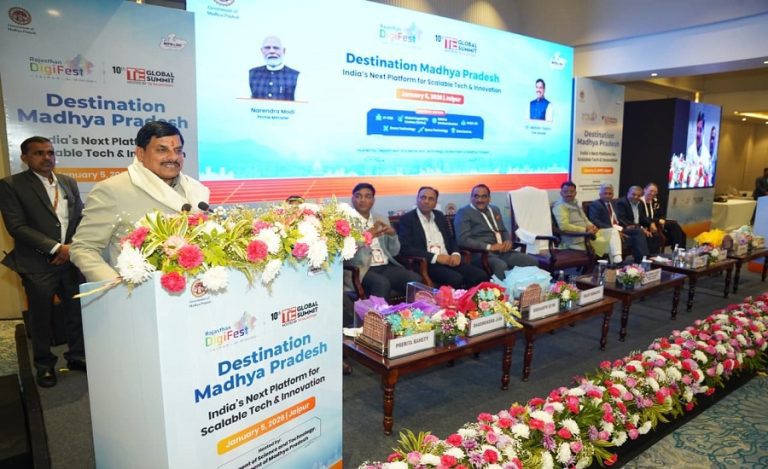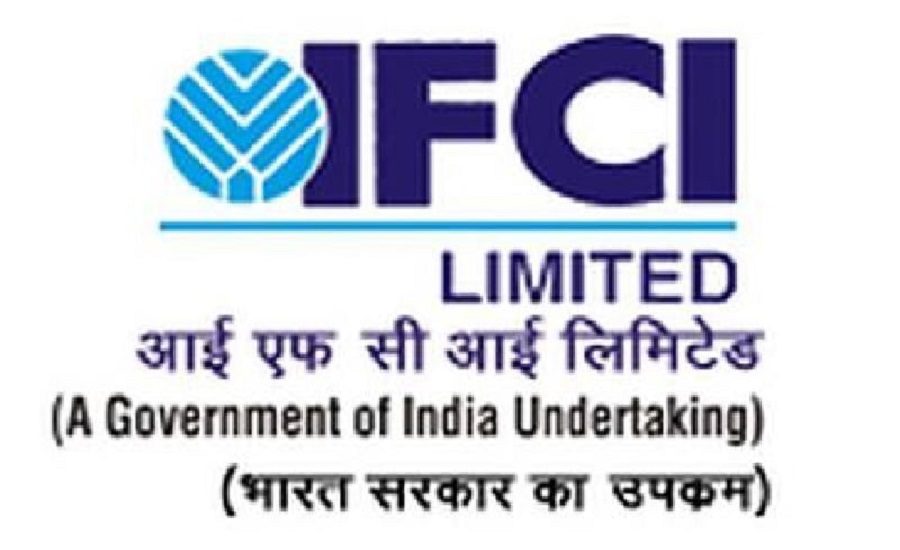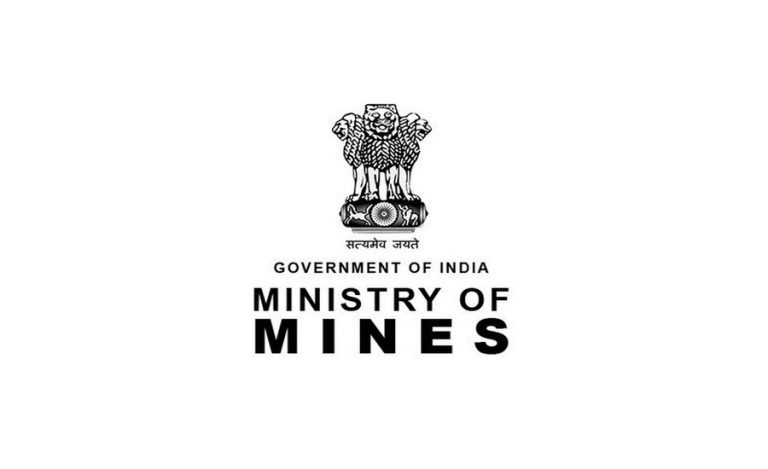Despite the devastating wave of Covid19 which is rattling the whole country, some districts and cities in India are coming out with great initiatives to curb the rising positive cases and deaths in the country. Just like Nandurbar district in Maharashtra, which outstood among all the districts in the state, Chhatarpur in Madhya Pradesh is following a similar path.
The major contribution of the success is attributed to the Chhatarpur police unit and the head member of each village, as they have managed to curb the spread to only 51 active cases in around 800 villages till May 4. The total number of active cases in the whole district was around 1016 till yesterday. The initiatives taken by SP of Chhatarpur Mr Sachin Sharma is now bearing fruits, and the successful implementation of the measures is being replicated in many other areas of the state as well.
THE COVID SCENARIO
In an interview with Indian Masterminds, 2014 batch IPS officer Sachin Sharma said “Chhatarpur is a very peculiar district as it shares boundary with four districts of UP and three of Madhya Pradesh. Last year migration happened at a massive scale and various comprehensive arrangements were made during that time. Despite having international tourist spots like Khajuraho, the situation was pretty much under control till the end of first wave.”

As per the census of 2011, Chhatarpur has a total of 1,210 villages and a population of over 17.62 lakh. Mr. Sharma said, “The onset of the second wave was between end of March and beginning of April this year, so we as police unit have taken three initiatives to control the situation, which is much worse than last year.”
`MERA GAON MERI ZIMMEDARI’ (MY VILLAGE MY RESPONSIBILITY)
He continued, “The first initiative we took was ‘Mera Gaon Meri Suraksha’ under which we initially gave a target of covering one village a day to each thana (police station). Then we gave a target of covering five villages per thana. Under this, while patrolling the police officials patrolling speak to the head members of the village (sarpanch, deputy sarpanch and panchayat sachiv) and convince them for their contribution.”

“Under this there are two important features that we included. First, the people in the age bracket of 18 to 30 years will be volunteers and they will go out of the village and make any of the essential purchases which are required. In Chhatarpur a few villagers are doing around the clock duty, in four hours shifts, ensuring that no one leave their houses for unnecessary reasons and also make people coming from outside the village to isolate centres like panchayat buildings etc”, he added.

The project started with a few villages but it has not been expanded to around 800 villages which were covered till last week. Until now no curfew has been imposed in these villages. “Imposing curfew was not our idea as we wanted to create self-awareness and volunteers who are young (18-30 years), who will seek to comply with Covid protocols and also make other people aware about the same,” said Mr. Sharma.
`SANKALP’
Under this initiative, the police unit in the district identified elder people who are above 60 years of age and are living alone. These people might have their children studying or working outside the district, state or the country. Mr. Sharma said, “First we identified such people and tried providing them essential services. Things like ration, milk, vegetables, tv recharge, online application, medicines, spectacles, and other products were provided to them after they call on a dedicated helpline number. Police officers living in nearby areas were made in charge to deliver all such products to their home.”

WAR ROOM
A war room or a control room was created in which round-the-clock duty was once again prioritized. Mr. Sharma said, “We tried to synchronize all the communication of the district and also used drones, particularly in areas where positivity is high. This would imply that the city is divided into wards. Now if a ward is recording high number of positive cases, drones are used for surveillance apart from bike patrolling and new routes are created henceforth.”
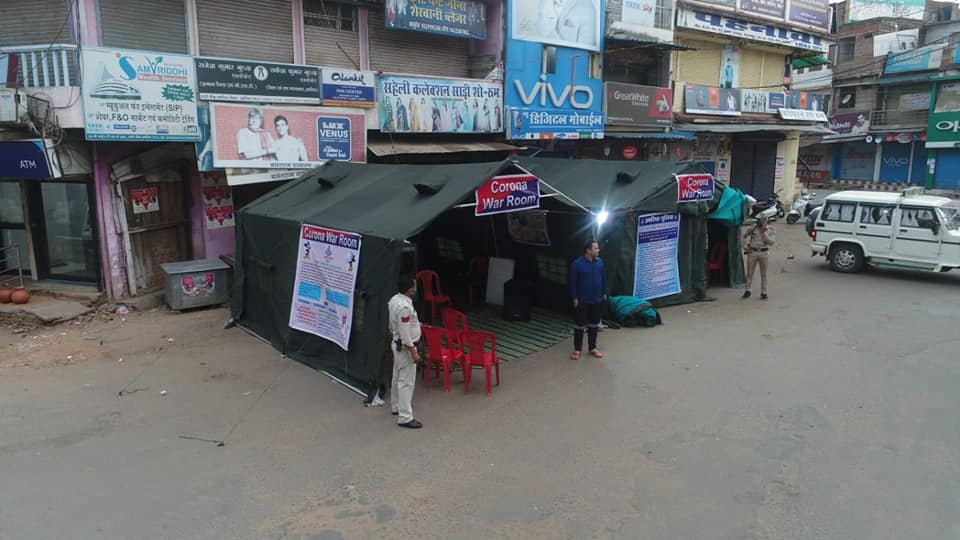
This unique strategy worked pretty well in the district as there are around 60 to 70 actives currently in all these 800 villages. A positive sign is also seen in the state by way of declining trend of daily cases.


